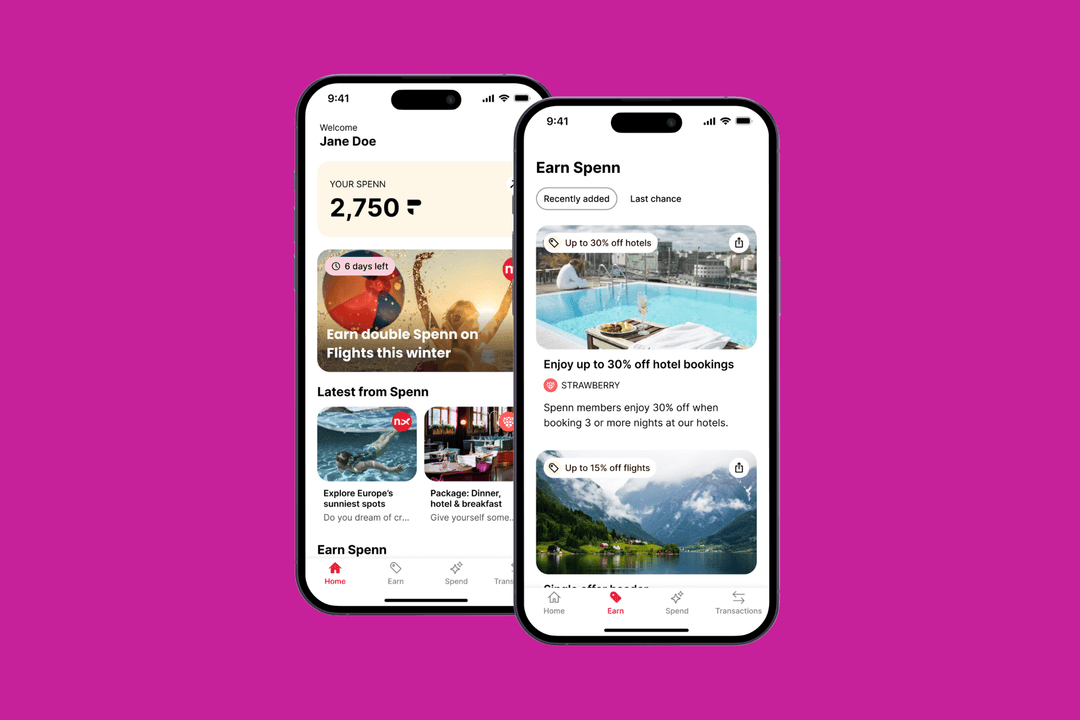Apps from behind the wheel
With more time behind the wheel again, how is technology changing our in-car experience muses Apadmi’s Chief Strategy Officer Marcus Hadfield?
I’m enjoying being back in the office more. This new balance of home and office works for me.
There’s no tram out our way so the car, sadly, is still much quicker for me to get to Salford. I’m accompanied by a growing number of Tuesday, Wednesday And Thursday* commuters and re-joining the queues we create.
*you do the acronym
Back in the car and back in the traffic - but some things have changed. I’ve switched to in-car apps without really thinking about it. Apple’s Car Play has been around for a while, but the other day - in another standstill - I realised that I’d started to do some of the things that used to be filed under the ‘Future Behaviours’ slides at the end of pitches.
More than just music and maps
Still lots of Spotify and maps, but nearly always a voice search now. Other favourite time-killers like Blinkist and Bandcamp have a driver-friendly interface - quite different to the phone screen - so tapping on that has become a new habit on journeys.
I now listen to WhatsApp messages and dictate my replies. It’s where I check the day’s calendar and use the address when I need to. I welcome the predictive suggestions.
In-car payments
The biggest shift was paying for something via the car screen for the first time. Ok, just car parking on the RingGo car app but a sign of things to come. Even quicker and more intuitive than the phone and definitely ‘right place, right time’.
There are a lot of things you could buy from the car - coffee, petrol and food purchases should be a tap in.
My car isn’t anything flash. It’s bottom of the range and two years old - but now nearly all new cars come with app support. According to Apple, over 80% of new cars sold across the world support CarPlay. There’s also Android Auto. In-car app usage is set to soar.
And these apps aren’t complex or even that new - they are really just existing phone apps rendered to use your car’s display as an external monitor, usually with a much simplified interface. Google and Apple will want to take a closer look to make sure there’s nothing that will create unnecessary driver distraction - options are removed rather than added. (If you want to go deep, look here.)
So, not that hard to do which means that there is a huge early-mover opportunity for brands to get themselves on those dashboard screens before everybody else does. The commuters are an easy target - how to create value in the traffic jams - but all businesses should be asking themselves the question “how might our app work in the car”.
Obviously we can help - shout if you’d like to learn more :)
Share
